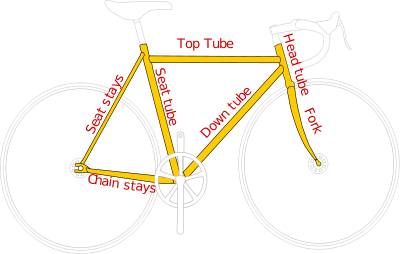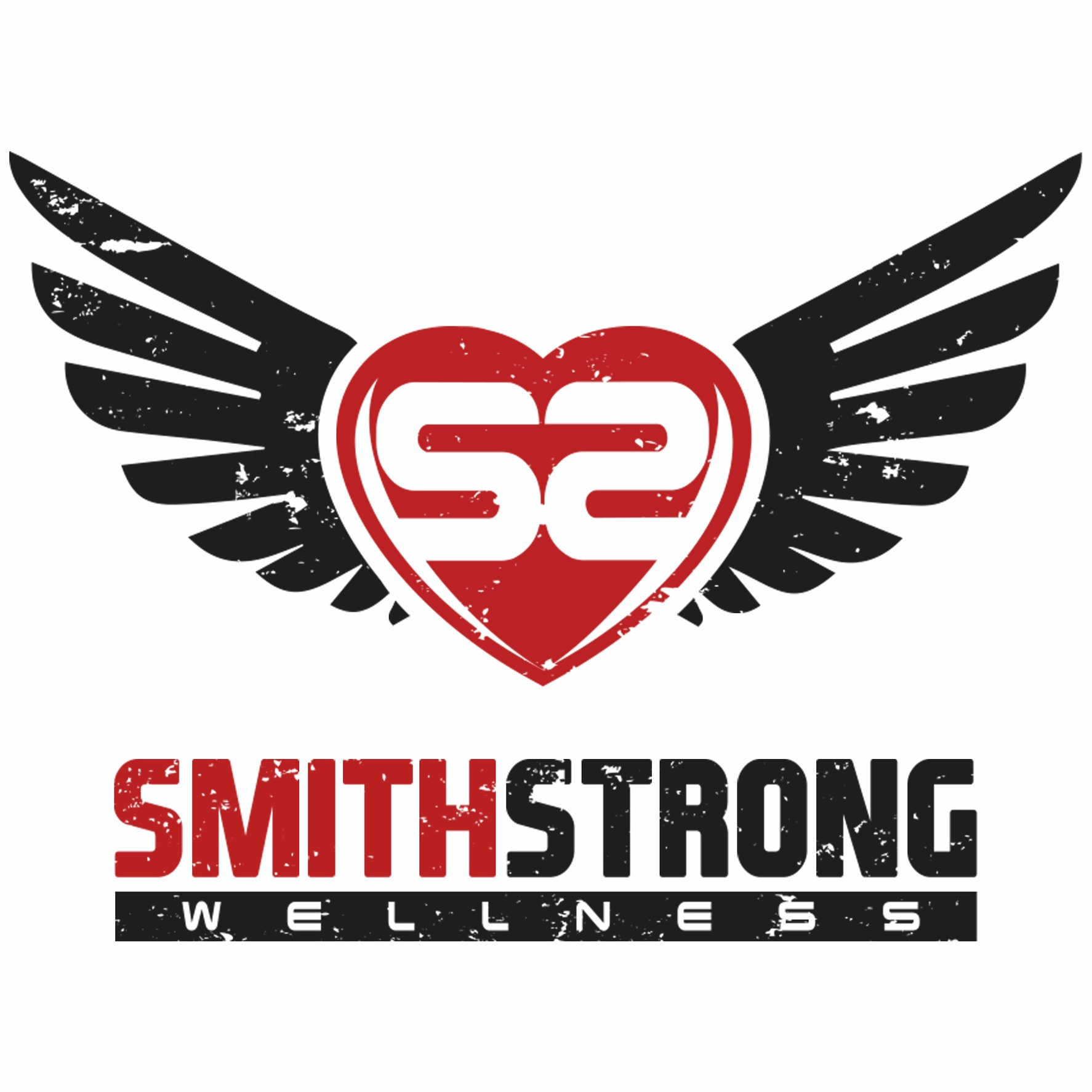This is the first post in my five-part “So You Wanna TRI” series. Look for the others in upcoming posts!

When I initially contemplated the idea of completing a triathlon (like any major decision in my life), I jumped on board with no fear or reservations. I’m a very “leap now, look later” kind of gal. I take on challenges willingly, and it’s only in the aftermath of these crazy decisions that I realize what I’ve truly gotten myself into.
(please see example #1, example #2, & example #3, as well as various references concerning marriage #1).
I’m not afraid of anything fitness-related. I know this is a lofty sort of statement to make, but I’m really not. Somehow, someway, I know that I’ll always be able to finish anything that I take on. I might not finish strong, proud, or without blood and an asthma attack; but I’ll finish.
However, the problem with signing up for a triathlon is threefold.
- Bikes are expensive.
- Bike parts are expensive.
- Bike shoes are expensive.
And did I mention the expense!?
Initially, the worst part of this experience is going to be the money that I have to spend to get up and running. From everything that I’ve researched and learned from talking to professionals, these are the absolute necessities when it comes to doing a triathlon.
- A bike. I know, you’re going “well…duh”. However, there are MANY different choices when it comes to bikes (more on that later).
- Bike accessories. Again, there are many different choices, but they’re basically all expensive!
- Running shoes. Another no brainer.
- Swimming gear. Wetsuit is usually optional, so are googles…but many people use both.
- Comfortable clothing that will get you through the transitions quickly.
The Bikes
Since I plan to make cycling and doing triathlons a permanent hobby (you didn’t know that yet, but I’m telling you now), I want to get a nice bike that will last through many years and many races. Although I’ve been trying my level best to get important bike people to take notice and sponsor me with a free bike, I’ve also been trolling Craigslist for Plan B (to reduce my expense).
There are several different types of bikes, but for a triathlon, most people choose to ride a Road Bike (aka “Racing Bike”). The primary differences between a road bike and the Huffy that I rode as a girl are that Road Bikes are faster, more aerodynamic, and they have drop handlebars and thin, high pressure tires.
Prior to actually sitting on a bike, I realized that I needed to learn some of the lingo. This is a whole new world for your girl, and although I am not afraid, I don’t want to like like a total nimrod. So, I did what any logical 30-something-internet-obsessed-nimrod would do. I went to Wikipedia and did some learnin’.

Yesterday, I went to a bike shop and tried out several different bikes. To me (a total amateur, since I’ve only owned a bike with a banana seat and fringe handlebars, and a pink and gray 10-speed), the ‘Road Bike’ experience was really interesting. The first thing that I found out is that you actually need to be fitted for a road bike.
Even the “girl” road bikes have that typical “this means it’s for a boy” bar from the front to the back of the bike frame (it’s technically called a top tube). When being fitted for a road bike, the first thing to check is that when straddling the bike, you can still lift the bike about an inch or so without having the “boy bar” touch your “girl parts”. That “boy bar” can be very detrimental to your triathlon experience, from what I’ve been told; which is precisely why it’s important to be properly fitted.
Some bike manufacturers size their bikes like shirts (XS, S, M, L, XL), and some bike manufacturers use actual measurements of the Seat Tube and/or the Top Tube (see above). After ensuring proper clearance on the “boy bar”/”girl parts” issue, we determined that I fit well on a 44cm bike (Seat Tube measurement), which equates to a “Small” for most bike manufacturers who use that type of sizing.
Giant, one of the top bike manufacturers (**cough**sponsor me**cough**), has a very useful conversion chart on their website that compares their bike sizes to other standard sizes.

To measure yourself for a bike, you can do the following (according to Giant):
- Measure your inseam: stand with your back flat against a wall and your heels as close to the wall as possible. Next, take a hardback book that is approximately two inches thick and place it vertically as far up into your inseam as possible and so that the edge is flush with the wall. Make sure that the book protrudes enough so you can measure from the top edge of the book down to the ground.
- Multiply your inseam distance by .65 to determine conventional frame size (to convert inches to centimeters, multiply inches by 2.54).
So clearly, I have some short legs to fit a little 44cm bike.
I’m OK with that.
After I got fitted, signed a waiver, and strapped on a helmet, I took a spin on my first road bike. I fell in love.
I was immediately shocked by how light the bike was. As in, I could pick it up and nearly sling it over my head with one hand. The frame of the first bike I tried was made of carbon fiber, which is apparently the reason why the bike frame is so light. A lighter frame makes transitions easier, because often times the transition area is grassy/hilly/muddy, and you have to literally carry the bike to get it back in the rack so that you can move on to your next stage.
The next thing I noticed was how fast the bike went. I have to mention here that most of my family members don’t like driving with me because I have a severe case of lead foot. I like fast things. I like to drive fast. When I was younger, I would literally risk my life by finding the largest hill around and rollerblading down it.
Just so that I could go fast.
I love ‘fast’.
The next thing I noticed was that I could take hills with relative ease, and I wasn’t struggling to fight my way through. From what I understand, road bikes are designed to position your body so that you can get the optimum ‘push’ and ‘pull’ as you pedal, which means that your body is working more efficiently than on a standard bicycle. I definitely noticed the difference.
I tried out only three bikes yesterday–I went to a store that didn’t have a lot of selection. I plan to try out some more this week at a larger, more specialized bike shop near my house. I’m looking forward to trying out as many as possible, and then I can hopefully find a good deal after I’ve made a decision on brand versus expense. I know what I WANT, I just don’t know if what I WANT is realistic (unless Giant wants to help a sista out).
Stay tuned for the next part in my “So You Wanna TRI” Series: Bike Accessories!
*Are you a TRI-fessional and want to add anything to this post? Did I forget anything important? Do you want to be my consultant (or guest post) on the next 4 installments? Please DO let me know!





